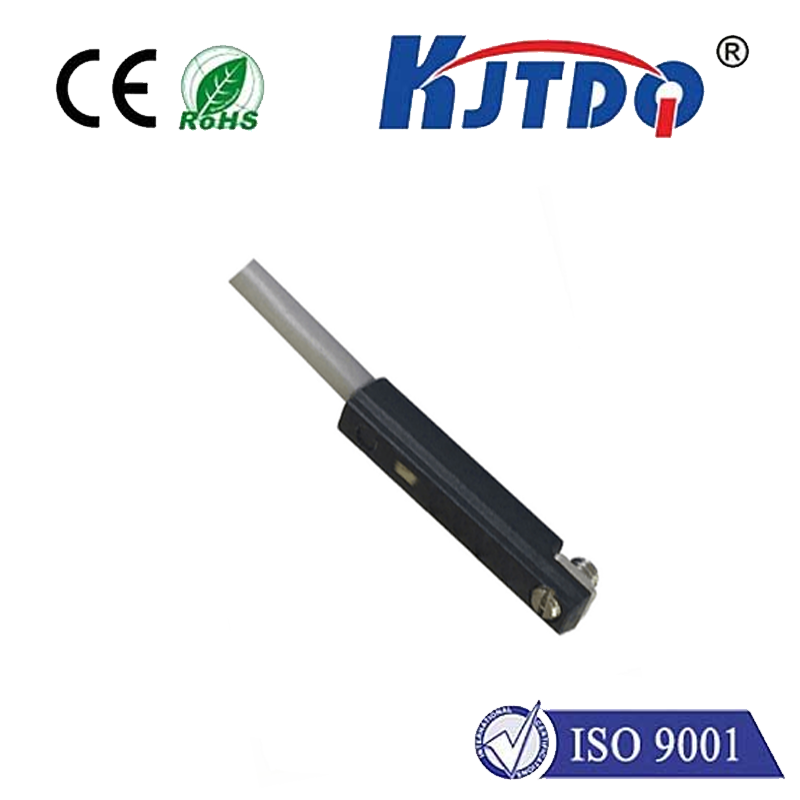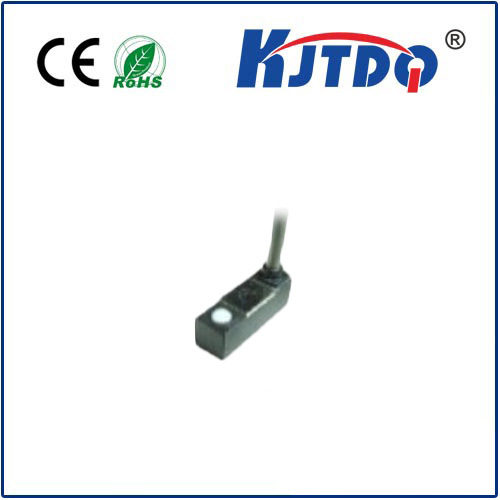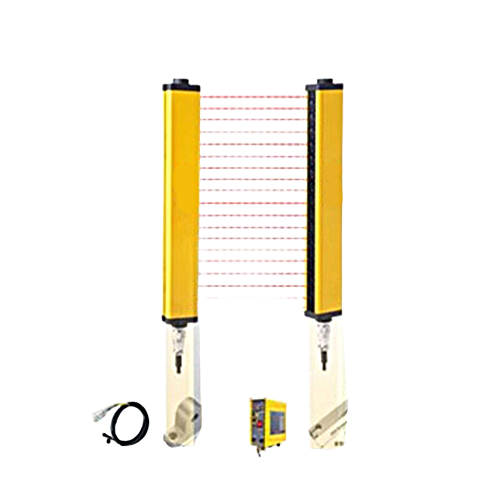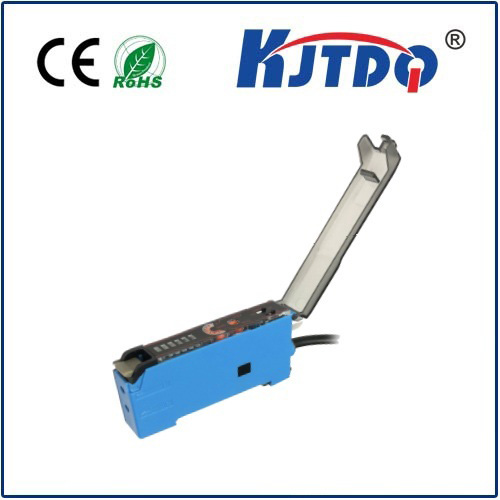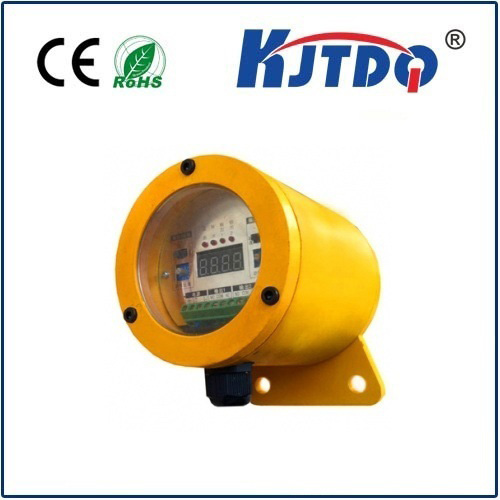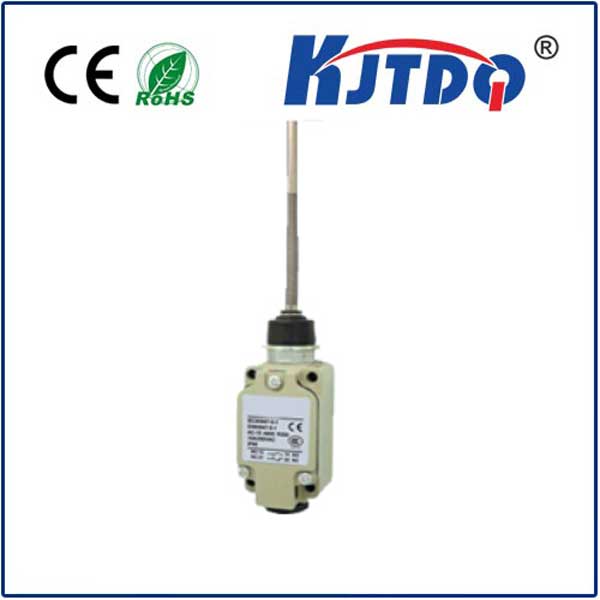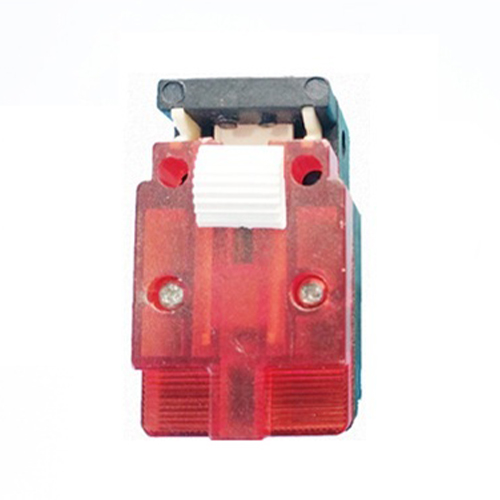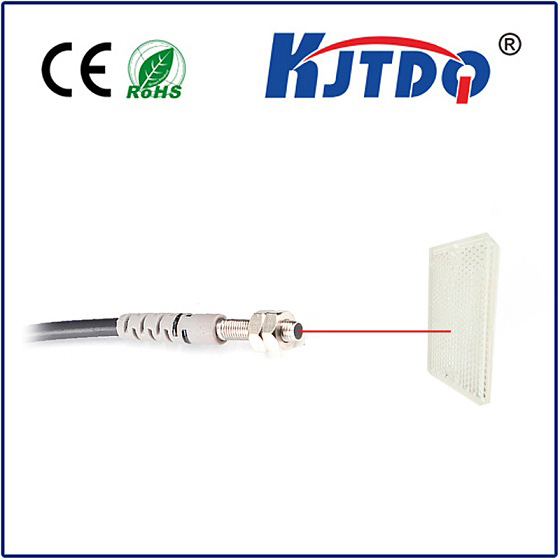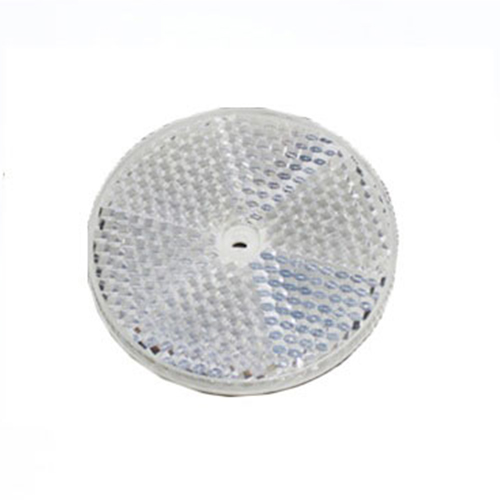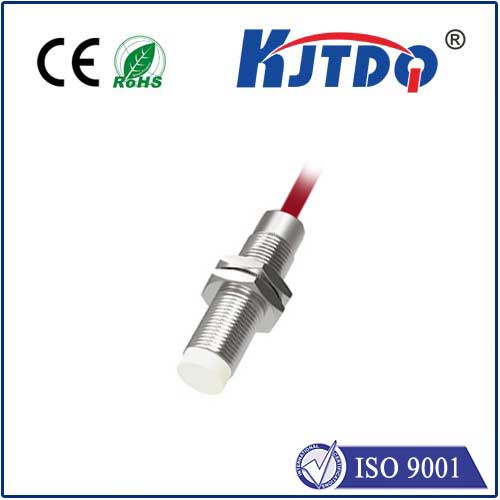BES04Z5 proximity sensor
- time:2025-10-02 04:16:02
- Click:0
Unveiling the Powerhouse: Your Essential Guide to the BES04Z5 Proximity Sensor
Product Spotlight: Mastering Detection with the BES04Z5 Proximity Sensor
The unseen heroes of modern machinery often dwell within the realm of automation, silently enabling flawless operation. Among these critical components, proximity sensors stand out, acting as the electronic eyes and ears of countless systems. If reliability, precision, and robust performance are non-negotiable in your application, understanding the capabilities of a sensor like the BES04Z5 proximity sensor becomes crucial. This versatile component represents a significant leap in non-contact detection technology, designed for demanding industrial environments.
Decoding the Proximity Sensor Principle
Before diving into the specifics of the BES04Z5, let’s clarify the core concept: how do proximity sensors actually work? Unlike mechanical switches requiring physical contact, proximity sensors detect the presence or absence of an object nearby without touching it. They achieve this feat through various technologies, including inductive, capacitive, ultrasonic, and photoelectric principles.

The BES04Z5 proximity sensor falls into a prominent category: capacitive proximity sensors. While inductive sensors excel at detecting metals, capacitive sensors broaden the scope significantly. They function by generating an electrostatic field. When any object – whether metal, plastic, wood, glass, liquid, or even granules – enters this field, it alters the sensor’s capacitance. This change is precisely measured and triggers the sensor’s output signal. This ability to detect such a diverse range of materials makes capacitive sensors like the BES04Z5 incredibly versatile.
Why Choose the BES04Z5 Proximity Sensor?
So, what sets the BES04Z5 apart in the crowded field of proximity sensing? Let’s explore its defining characteristics and advantages:
- Broad Material Detection: Its capacitive nature is its superpower. Need to detect plastic bottles on a conveyor? Check. Monitor fluid levels through a container wall? Absolutely. Sense the presence of wood blocks or powder? The BES04Z5 proximity sensor handles it reliably. This eliminates the need for multiple sensor types across different materials in complex setups.
- Optimized Sensing Range: Capacitive sensors typically have shorter sensing ranges than their inductive counterparts. However, the BES04Z5 offers a practical and dependable range suitable for the vast majority of applications where close-proximity detection is key. Its range is calibrated for accuracy within its operational envelope.
- Robust Construction for Harsh Environments: Industrial settings demand toughness. The BES04Z5 proximity sensor often features a durable housing (materials like nickel-plated brass or stainless steel variants exist), providing excellent resistance to shock, vibration, moisture, dust, and chemicals. This IP-rated protection ensures longevity in challenging conditions.
- Reliable Electrical Output: Typically, the BES04Z5 provides a switching output, commonly in DC configurations (like NPN or PNP transistors, 3-wire). This digital signal seamlessly integrates with PLCs (Programmable Logic Controllers), microcontrollers, and other control systems. This output signals the detection event clearly and dependably.
- Straightforward Installation & Operation: Designed for practicality, these sensors often feature simple mounting options (e.g., threaded barrels) and intuitive connection points. Setup is generally quick, minimizing downtime during installation or maintenance. Their inherent insensitivity to target material color or surface finish further simplifies application design compared to some optical sensors.
Where Does the BES04Z5 Proximity Sensor Shine? Applications Galore
The unique strengths of the BES04Z5 capacitive proximity sensor make it indispensable across numerous sectors:
- Packaging & Bottling Lines: Detect plastic bottles, caps, liquid levels in containers (even non-metallic ones), presence of cardboard boxes, or labels.
- Material Handling & Logistics: Monitor position of pallets (wood/plastic), detect filled sacks or totes, sense the presence of objects on conveyors regardless of material.
- Food & Beverage Processing: Safely detect product levels in tanks or hoppers (grains, powders, liquids), verify filling levels through container walls, control flow in pipelines.
- Woodworking & Furniture Manufacturing: Sense wooden blocks, panels, or finished pieces reliably.
- Pharmaceutical & Chemical: Monitor levels of powders, granules, or liquids in process vessels, often crucial for precise batching.
- Automation & Assembly: Position verification of non-metallic parts (plastic gears, rubber components), end-of-stroke detection on actuators, bin level detection for feeders.
Maximizing Performance: Best Practices for the BES04Z5
To get the most out of your BES04Z5 proximity sensor installation, consider these key tips:
- Mind the Sensing Range: Always consult the specific datasheet for the exact nominal sensing distance (Sn) of the sensor variant you are using. This range is determined with a standard target. Remember that material properties (especially dielectric constant) and target size can influence the effective sensing distance in practice. Less conductive targets generally require closer proximity.
- Understand Environment Factors: While robust, avoid mounting the sensor where heavy buildup of dust or condensation directly obscures the active sensing face. Extremely high humidity or chemical splashes beyond the sensor’s specified IP rating can compromise its integrity over time. Choose the appropriate housing material (e.g., stainless steel) if chemical resistance is paramount.
- Mounting & Shielding: Capacitive fields can be influenced by surrounding conductive materials. Ensure the sensor is mounted securely and avoid placing large metal objects or grounded surfaces too close behind or beside the sensor unless explicitly allowed by the design (some sensors have shielding for this purpose). Follow the manufacturer’s recommendations regarding flush or non-flush mounting capabilities.
- Target Considerations: For small targets (relative to the sensor face) or low-dielectric materials (like certain plastics), position them as close as possible within the effective sensing range. Consistent target size and positioning enhance reliability.
- Electrical Connection: Double-check the wiring – ensure the correct voltage supply (typically 10-30V DC) and match the output type (NPN/PNP, Normally Open/Normally Closed) to your control system’s input requirements. Proper grounding according to the datasheet is essential for stable operation and noise immunity.
Conclusion: A Versatile Detection Solution Awaiting Deployment
The BES04Z5 proximity sensor embodies the practical power of capacitive sensing technology. Its ability to reliably detect such a wide array of non-metallic objects, combined with its robust construction and ease of integration, makes it a highly valuable asset for engineers and system designers tackling diverse automation challenges. When your application demands non-contact detection beyond metals, the BES04Z5 stands ready to provide a dependable, versatile, and efficient solution, quietly ensuring smooth operation in the background of modern industry.






